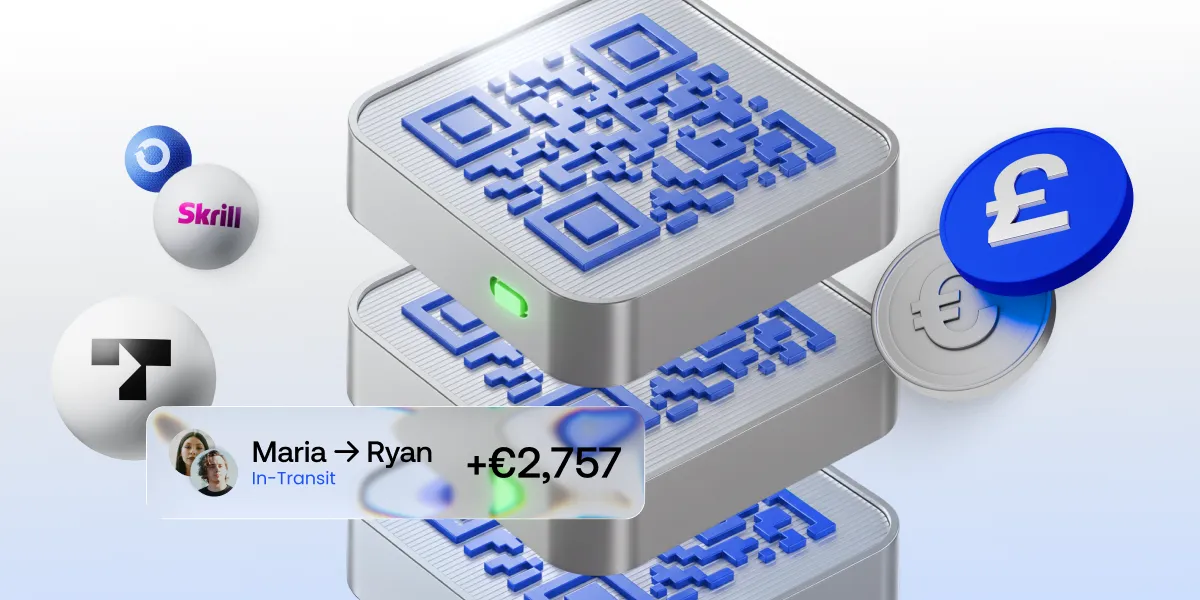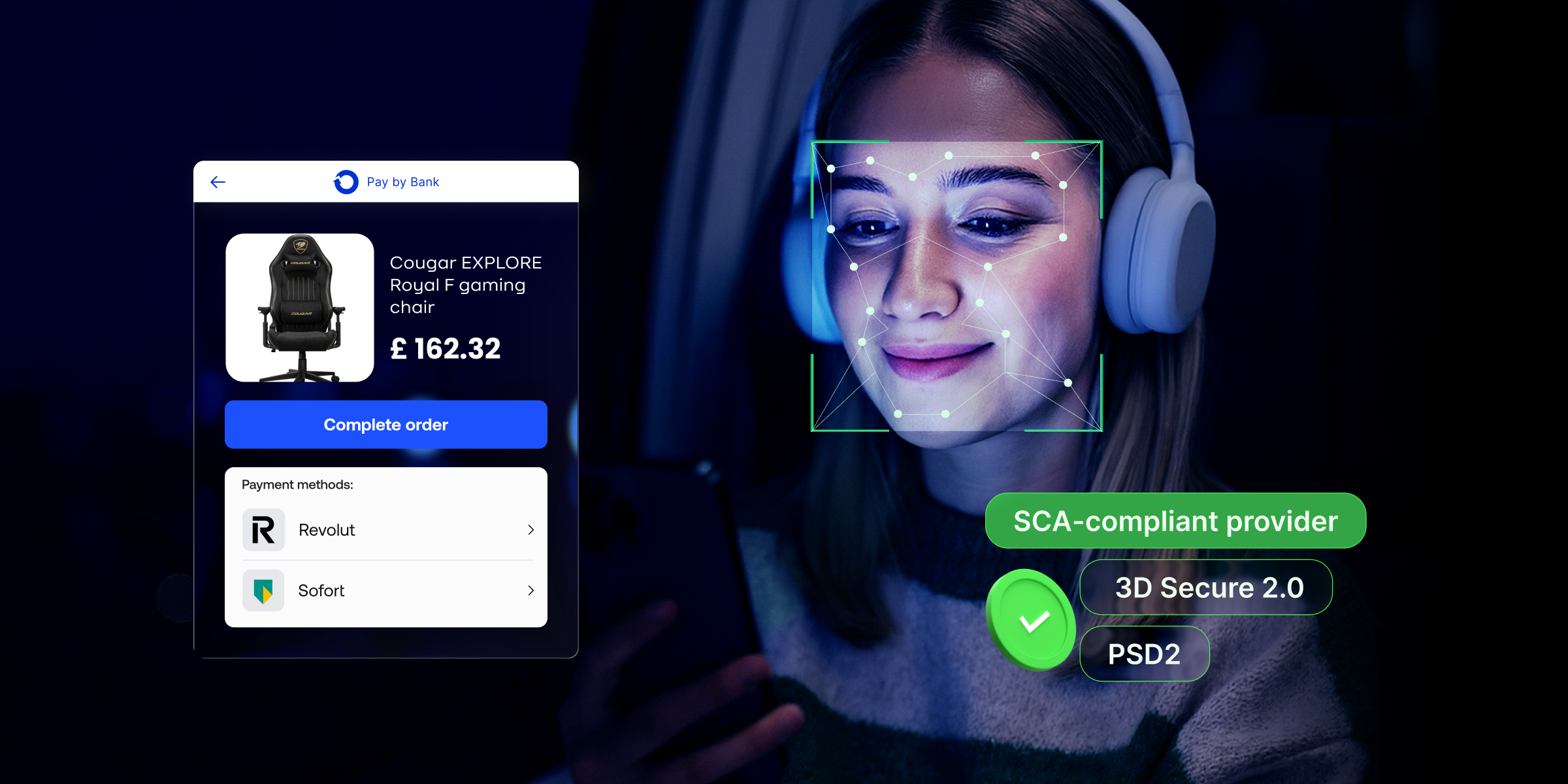Mobile wallet guide: How it works and what it gives to your business

In today’s fast-paced, technology-driven world, the way we handle money is evolving rapidly. Carrying physical cash or plastic cards is becoming increasingly outdated as mobile wallets gain popularity. These digital payment systems offer convenience, security, and a smooth transaction experience, making them a popular choice among consumers worldwide.
What is a mobile wallet?
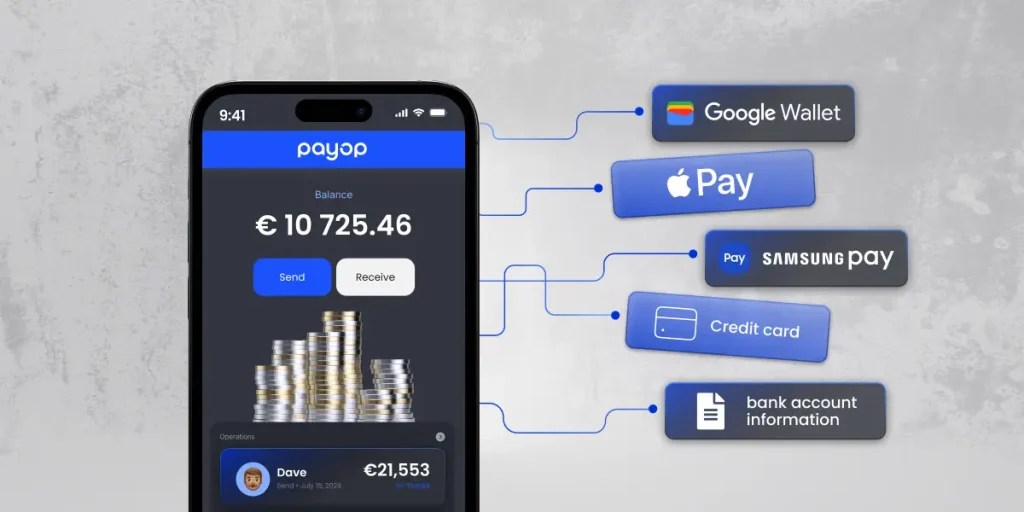
A mobile wallet is a digital version of a physical wallet stored on a smartphone or tablet. It allows users to securely keep their credit card, debit card, and bank account information. Mobile wallets enable users to make payments, transfer money, and even store loyalty cards and coupons, all through a single app. The most prominent examples include Apple Pay, Google Wallet, Samsung Pay, and various other banking and third-party applications.
Why did mobile wallets become popular?
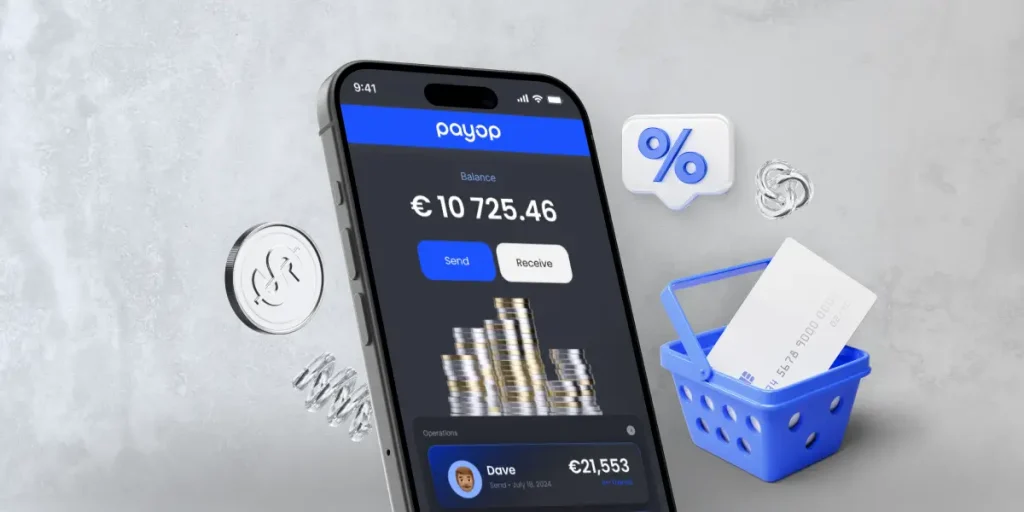
Over the past decade, mobile wallets have become widespread due to several key factors:
- Technological advancements: The adoption of smartphones with advanced security features such as biometric authentication (fingerprint, facial recognition) has made mobile wallets more secure and user-friendly.
- Contactless payments: The COVID-19 pandemic quickened the shift towards contactless payments, with consumers and businesses seeking safer, touch-free transaction methods. Mobile wallets offer a hygienic alternative to cash and card swipes.
- E-commerce boom: The growth of online shopping has pushed the need for efficient and secure payment solutions. Mobile wallets optimise the checkout process, enhancing the overall shopping experience.
- Financial inclusion: In many developing regions, mobile wallets have provided financial services to the unbanked population. With just a smartphone, individuals can access banking services, pay bills, and receive payments without needing a traditional bank account.
Are we stepping into a cashless and cardless world? Find the answer in our article.
How do mobile wallets work?

Mobile wallets use various technologies to facilitate transactions:
- Near Field Communication (NFC): This technology allows devices to communicate wirelessly over short distances. Users can tap their phone near a payment terminal to complete a transaction.
- QR Codes: Many mobile wallets generate unique QR codes for each transaction, which can be scanned by the merchant to process the payment.
- Tokenization: To enhance security, mobile wallets often use tokenization, replacing sensitive card information with a unique identifier or token during transactions. This ensures that actual card details are never exposed.
Learn the full process behind payment processing.
Benefits of mobile wallets
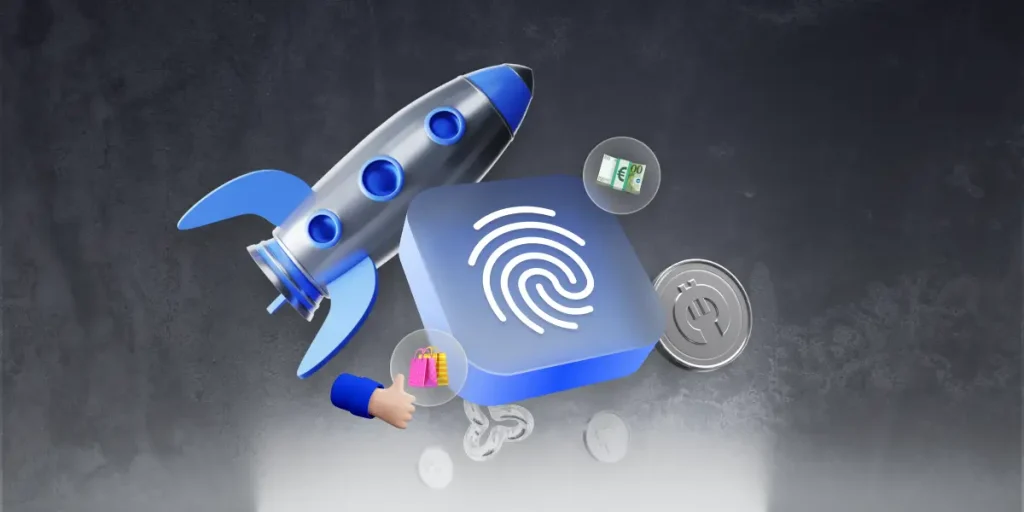
Mobile wallets have a lot to offer both to consumers and to businesses. The main advantages include:
- Convenience: Mobile wallets eliminate the need to carry multiple cards and cash. With all payment information stored in one place, users can make quick and easy transactions.
- Security: Advanced encryption, tokenization, and biometric authentication make mobile wallets a secure payment option. They reduce the risk of card fraud and theft.
- Efficiency: Transactions via mobile wallets are faster than traditional methods. They streamline the checkout process, reducing wait times for both customers and merchants.
- Rewards: Many mobile wallets offer integrated loyalty programs, coupons, and discounts, providing additional value to users.
Learn about the full spectrum of payment methods in our guide.
Security of mobile wallets
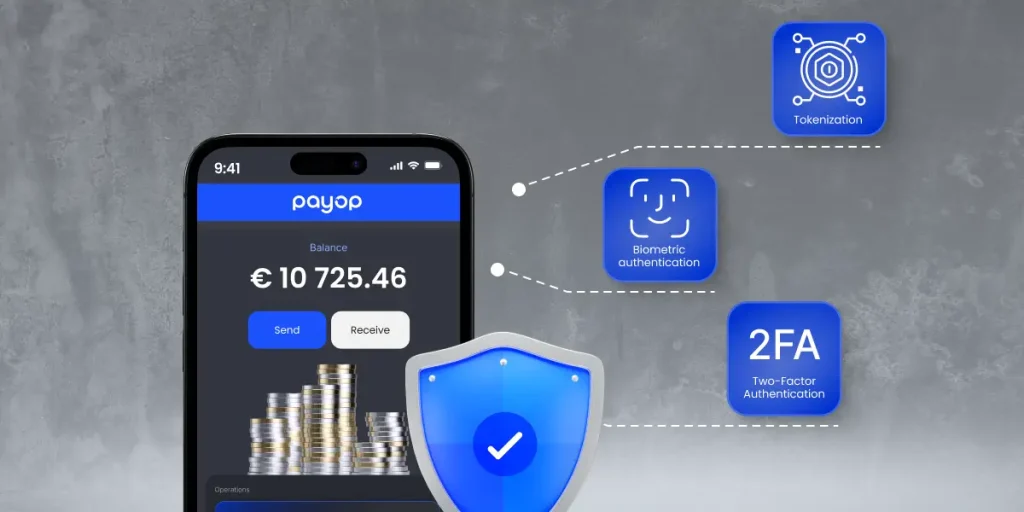
Security is a paramount concern when it comes to financial transactions and mobile wallets are designed with robust measures to protect users’ sensitive information. So let’s stop at some of the key security features of mobile wallets:
- Encryption: Mobile wallets use high-level encryption to secure data. This ensures that any information transmitted during a transaction is protected from interception and hacking attempts.
- Tokenization: As mentioned earlier, tokenization replaces sensitive card information with unique tokens. Even if a transaction is intercepted, the token cannot be used outside of its intended context, making it useless to attackers.
- Biometric authentication: Many mobile wallets incorporate biometric authentication methods such as fingerprint scanning or facial recognition. These methods provide an additional layer of security, ensuring that only the authorised user can access the wallet.
- Two-Factor Authentication (2FA): Some mobile wallets offer 2FA, requiring users to verify their identity through a second method, such as a one-time password (OTP) sent to their phone, in addition to their regular login credentials.
- Secure element technology: Many smartphones include a secure element, a dedicated chip that safely stores payment information. This chip is isolated from the main operating system, reducing the risk of malware attacks.
- Fraud detection systems: Advanced algorithms and machine learning models monitor transaction patterns for suspicious activity. They detect any unusual behaviour and alert the user, taking measures to prevent unauthorised transactions.
With Payop you get to enjoy the convinience of not just mobile wallets but of all alternative and traditional payment methods. Learn more at payop.com or contact our team at sales@Payop.com for individual consultation.


